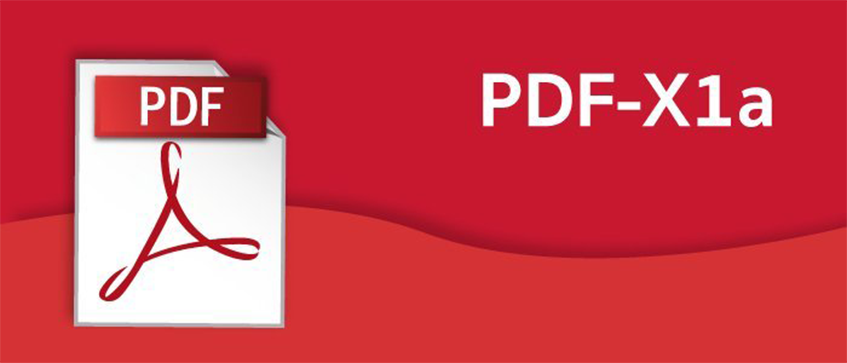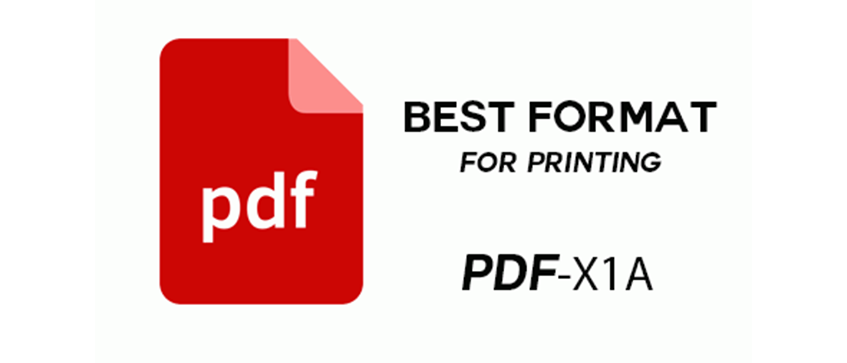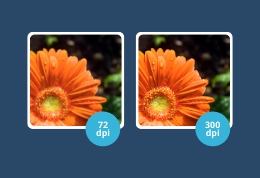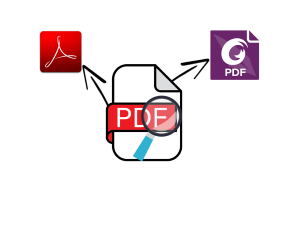
Why should you care about the PDF-X format? Well, as we all know graphics are important when it comes to printing. But, why is it so important for documents like brochures or flyers that might get printed out where precision isn't necessary but style still matters! The answer starts with understanding how different file types affect digital prints.
The PDF-X format family is a subset of the ISO standard PDF format. It was designed primarily to simplify the exchange of graphics, therefore it has a number of print-related criteria that basic PDFs do not have. Overall, the sub-format exists to ensure that graphics files are rendered and printed in a consistent manner.
To get the best quality of prints, it is important to follow the artwork requirements. And this is the reason why PDF-X1a forces you to properly set up some print-related settings before saving. To begin with, all the fonts in your artwork need to be embedded in order to save the file. This is a crucial step for cross-device compatibility.

PDF-X1a:
Before that, please be reminded that you are only allowed to save in the PDF-X1a format if all of your artworks and colors are already set to CMYK. Find out on our dedicated blog article why that is crucial.
Finally, the boxes must be identified in order for the file to be saved as PDF-X1a. The MediaBox must specify the document's overall size, the ArtBox must define the printing area's size, and the BleedBox must be smaller than the MediaBox but larger than the ArtBox. Learn more in our blog post about the relevance of bleed and margins in your artwork file.
Ultimately, storing your artwork in the PDF-X1a format will help you to fulfil the basic printing requirements. Understand that it is to ensure both compatibility and quality printing.
You may find this rather technical topic a little tedious, but we've seen a lot of artwork-related printing issues that could be avoided. As a result, we believe it is critical to emphasise the importance of properly setting up print files. If you want your artwork file to be accurately printed, this step is a must. And since you're going to make artwork files anyhow, you might as well need to follow the rules! Happy printing!




